Supportive Regulatory Environment
A supportive regulatory environment appears to be fostering growth within the Adult Stem Cell Market. Regulatory bodies are increasingly recognizing the potential of adult stem cell therapies, leading to streamlined approval processes for clinical trials and treatments. This trend may encourage more companies to invest in research and development, as the path to market becomes less cumbersome. Additionally, regulatory frameworks that prioritize patient safety while promoting innovation could enhance public trust in stem cell therapies. As a result, the market may experience accelerated growth, with more products entering the market and a wider range of treatment options becoming available.
Rising Prevalence of Chronic Diseases
The increasing incidence of chronic diseases such as diabetes, cardiovascular disorders, and neurodegenerative conditions appears to be a primary driver for the Adult Stem Cell Market. As these diseases become more prevalent, the demand for innovative treatment options intensifies. Adult stem cells offer potential therapeutic avenues, particularly in regenerative medicine, which may lead to improved patient outcomes. According to recent estimates, the prevalence of chronic diseases is projected to rise significantly, thereby creating a substantial market opportunity for adult stem cell therapies. This trend suggests that healthcare providers and researchers are likely to invest more in adult stem cell research and applications, further propelling the market forward.
Increased Public Awareness and Acceptance
Public awareness regarding the potential benefits of adult stem cell therapies seems to be on the rise, which could significantly influence the Adult Stem Cell Market. Educational campaigns and media coverage have contributed to a better understanding of stem cell applications, leading to greater acceptance among patients and healthcare providers. This shift in perception may result in increased demand for adult stem cell treatments, as patients seek out innovative solutions for their health issues. Furthermore, as more success stories emerge from clinical trials, the market may witness a surge in interest and investment, thereby fostering growth in the sector.
Collaboration Between Academia and Industry
The collaboration between academic institutions and industry stakeholders seems to be a driving force in the Adult Stem Cell Market. Partnerships between universities and biotech companies may facilitate the translation of research into practical applications, thereby enhancing the development of adult stem cell therapies. Such collaborations often lead to shared resources, expertise, and funding, which can accelerate the pace of innovation. As more academic institutions engage in research partnerships, the market may benefit from a steady influx of new therapies and technologies. This synergy between academia and industry could potentially reshape the landscape of the adult stem cell market, leading to more effective treatments and improved patient outcomes.
Technological Advancements in Stem Cell Research
Technological innovations in stem cell research are likely to play a crucial role in the growth of the Adult Stem Cell Market. Advances in cell culture techniques, gene editing technologies, and bioprocessing methods may enhance the efficiency and effectiveness of stem cell therapies. For instance, the development of CRISPR technology has opened new avenues for genetic modifications, potentially increasing the therapeutic applications of adult stem cells. As these technologies evolve, they may facilitate the translation of research findings into clinical applications, thereby expanding the market. The integration of artificial intelligence in stem cell research also appears to streamline the discovery process, indicating a promising future for the industry.


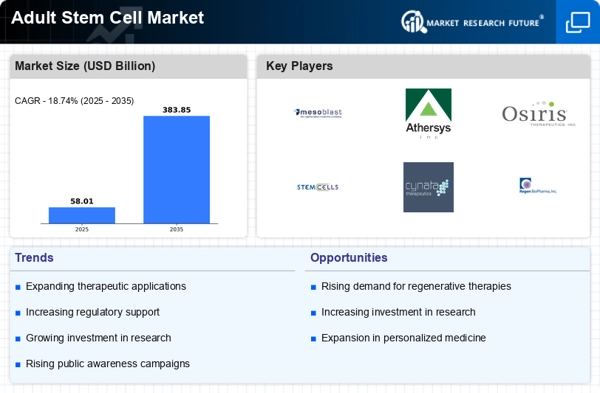
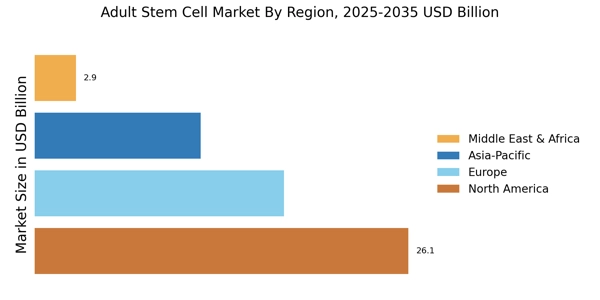
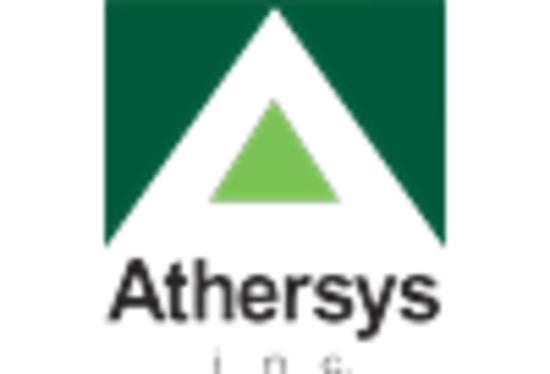
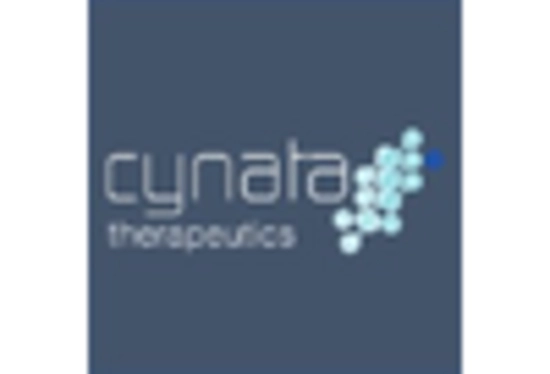
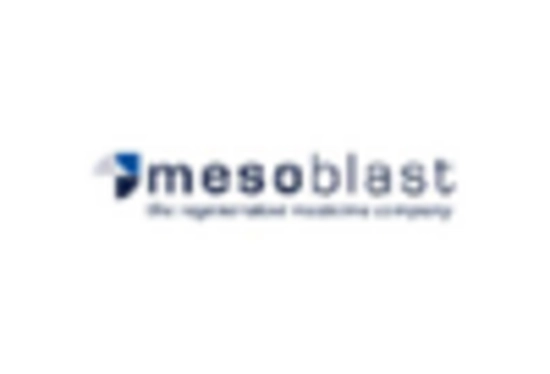
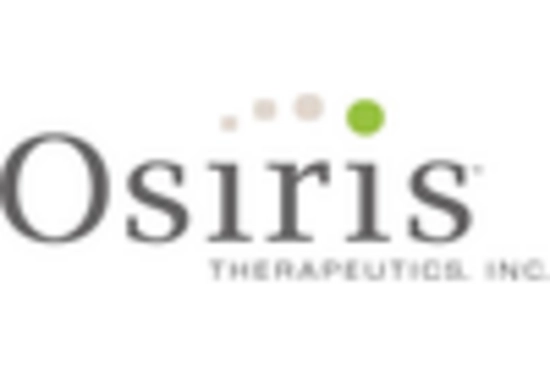
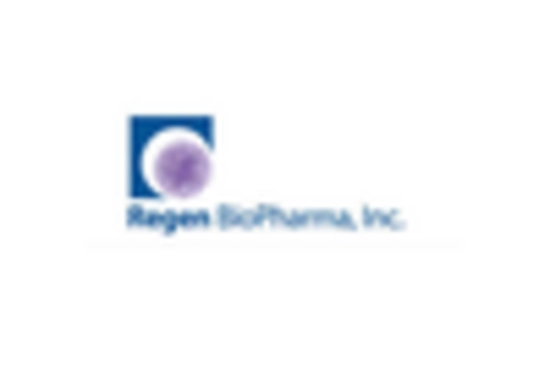
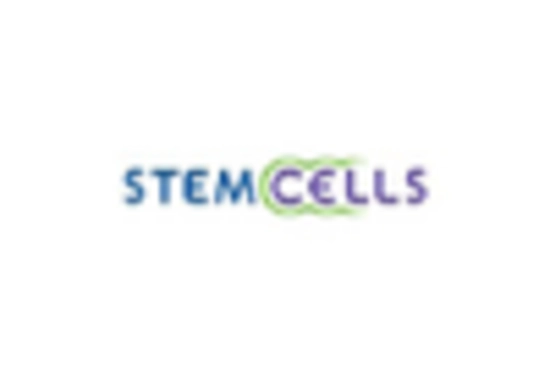








Leave a Comment